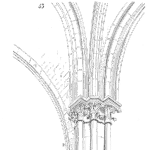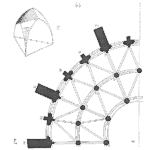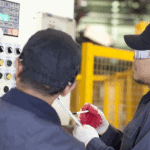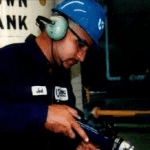
Many explosions in the processing, manufacturing and bulk materials handling industries involve flammable gases or vapours and explosive dusts or fibres. Such chemicals are known as hazardous materials. This article provides a basic overview of the design requirements for hazardous areas.













